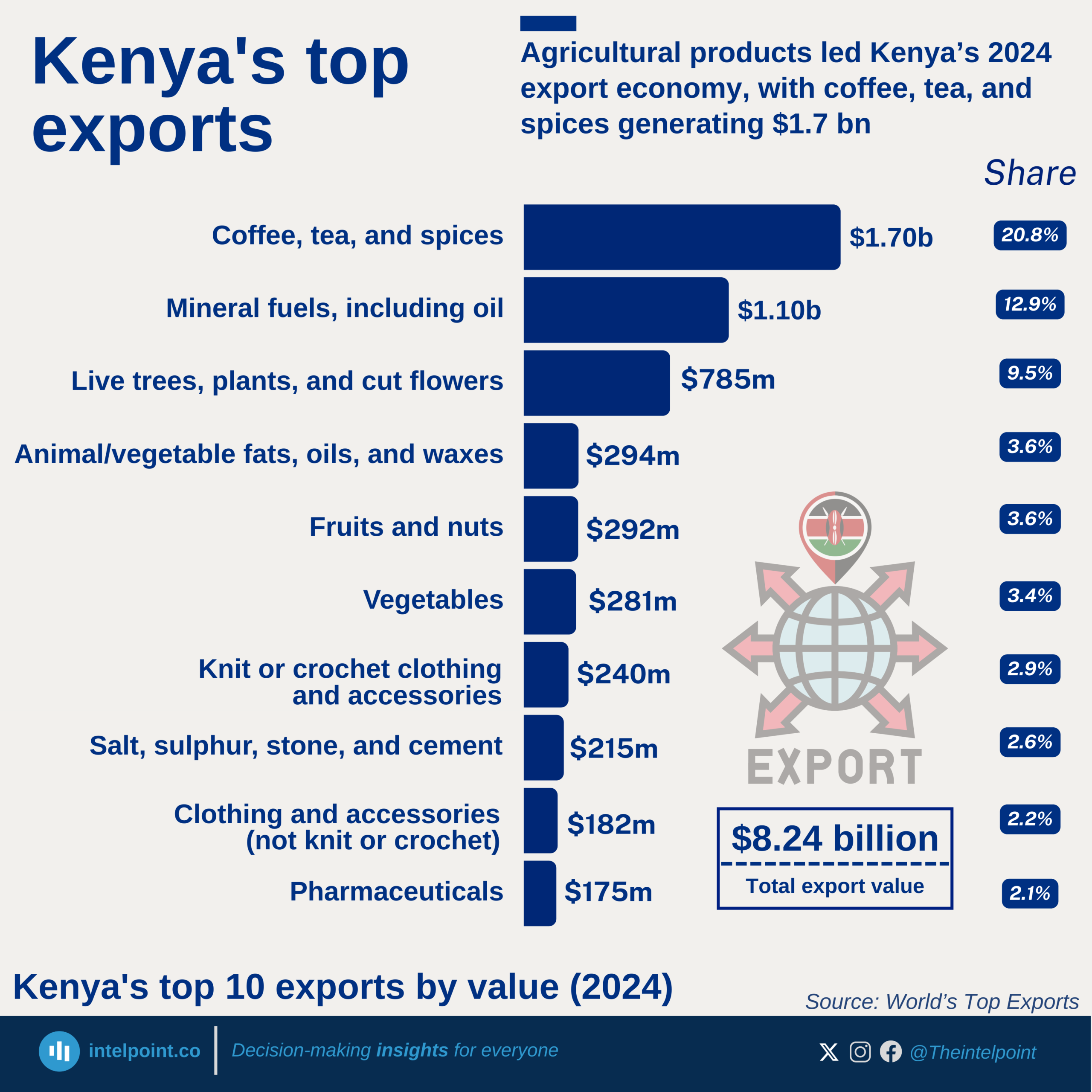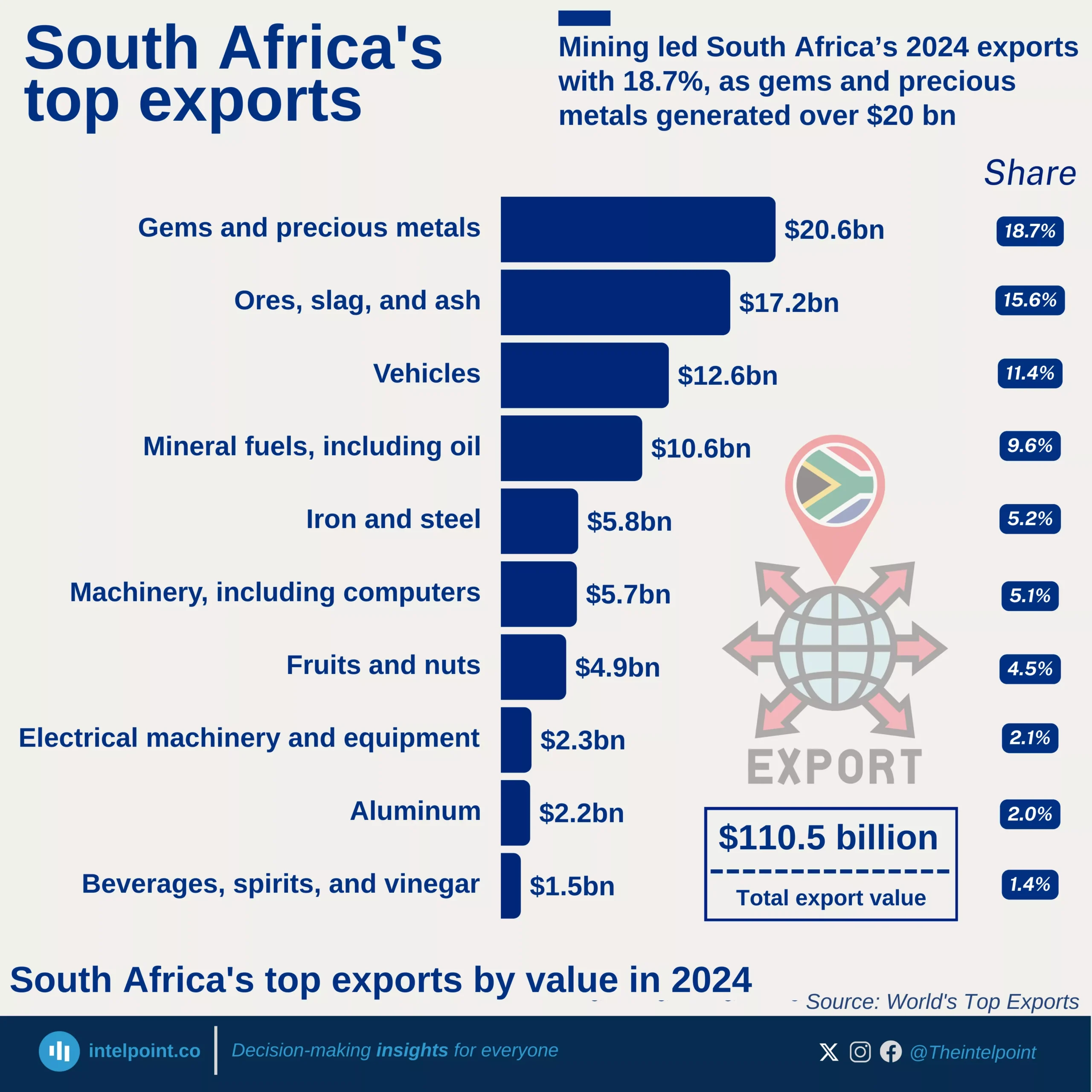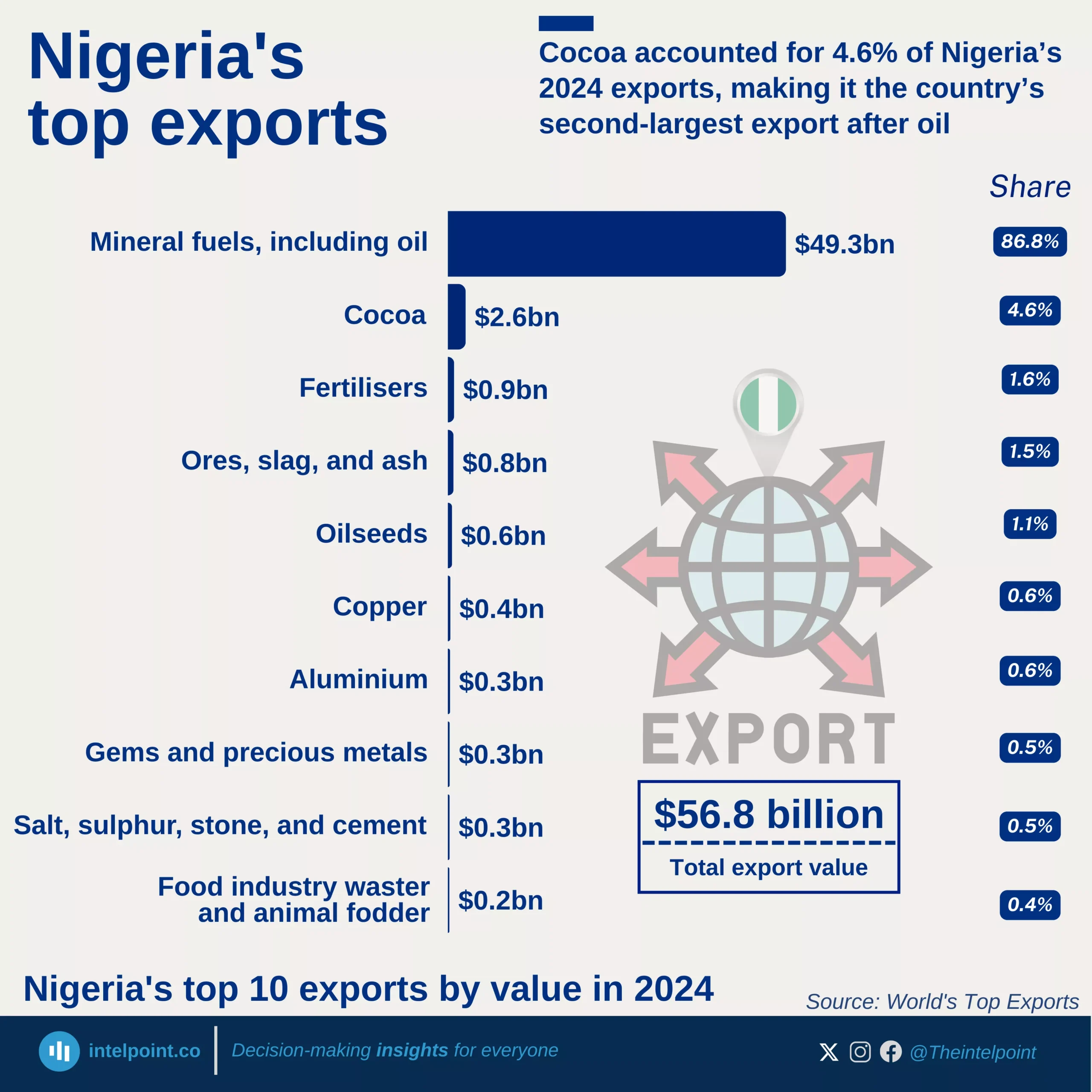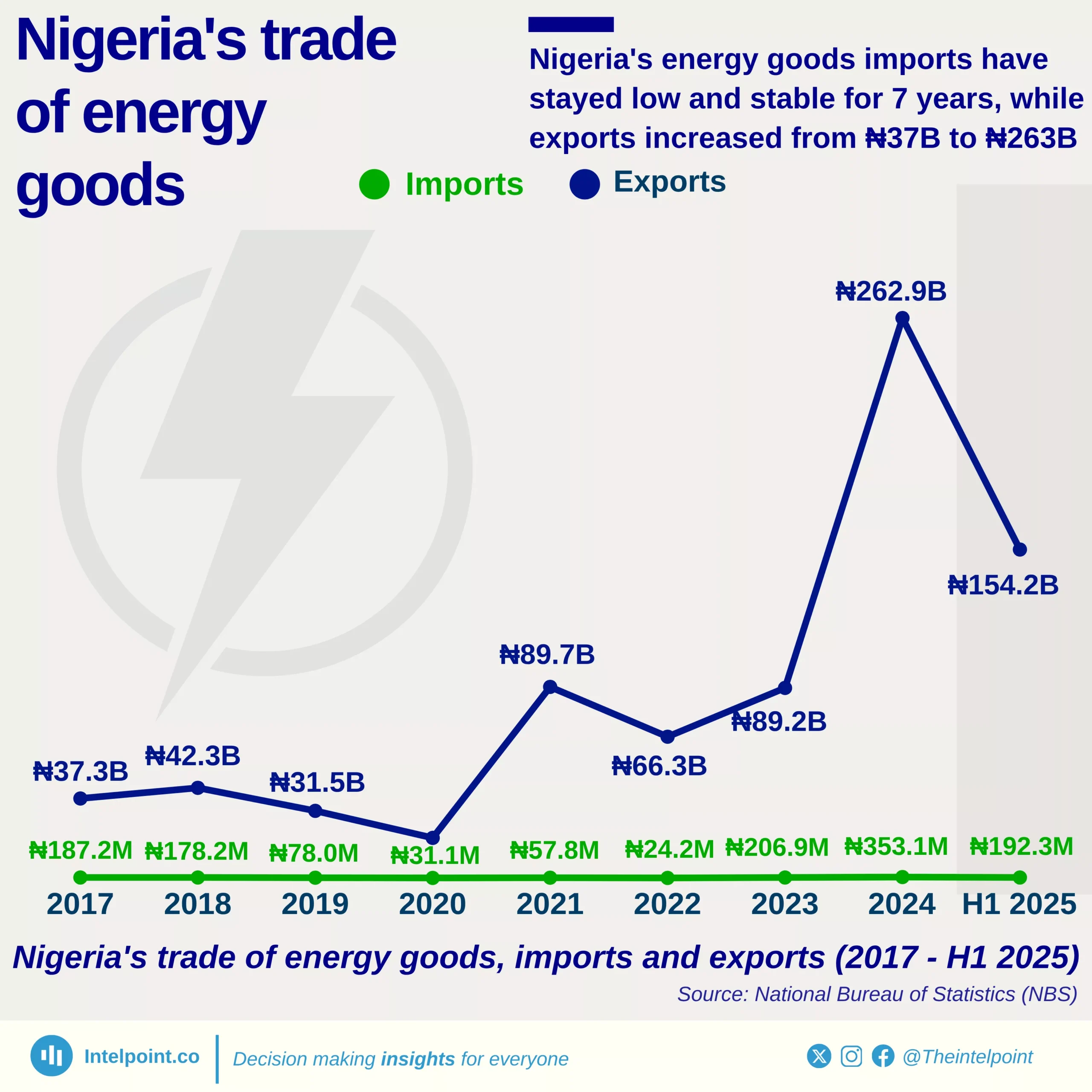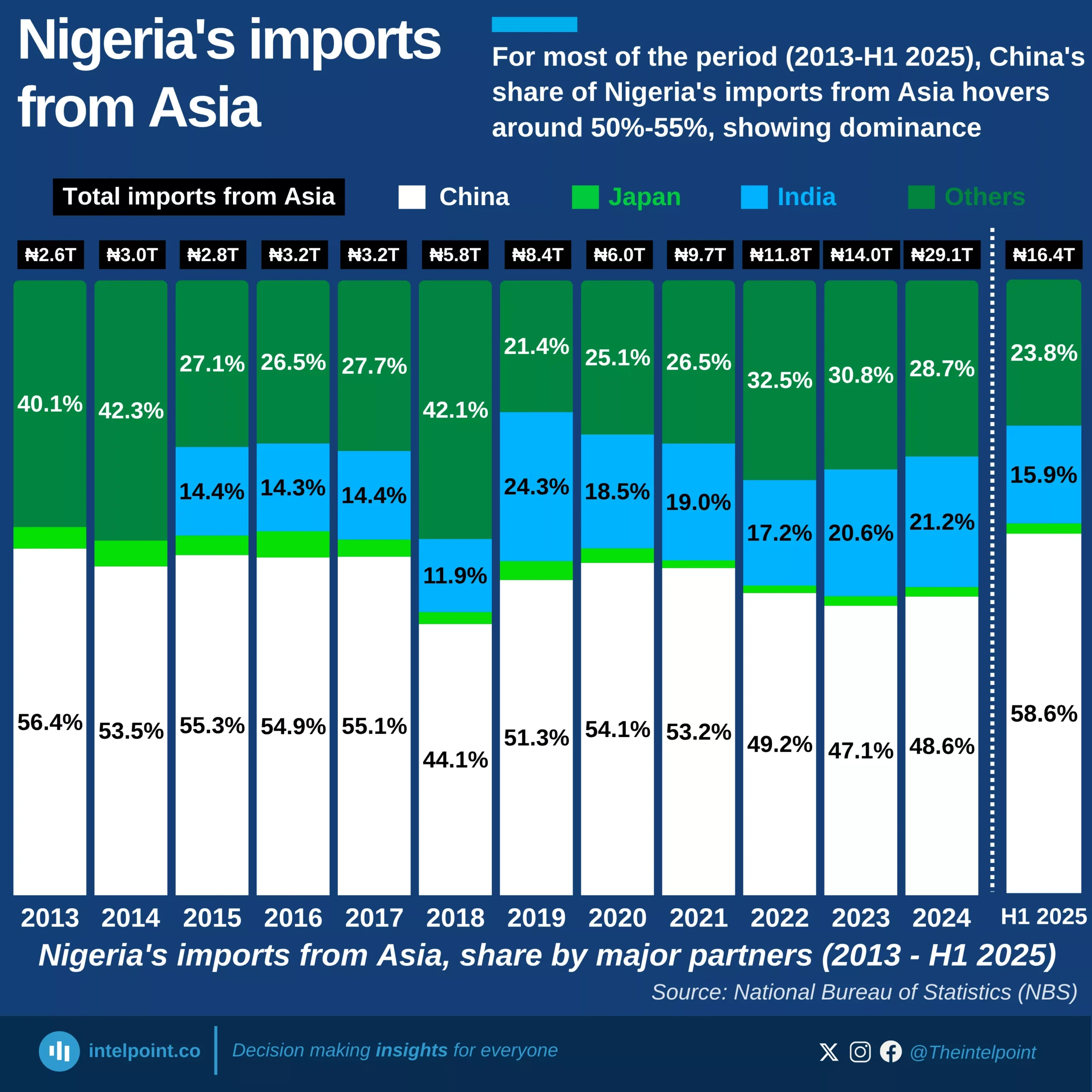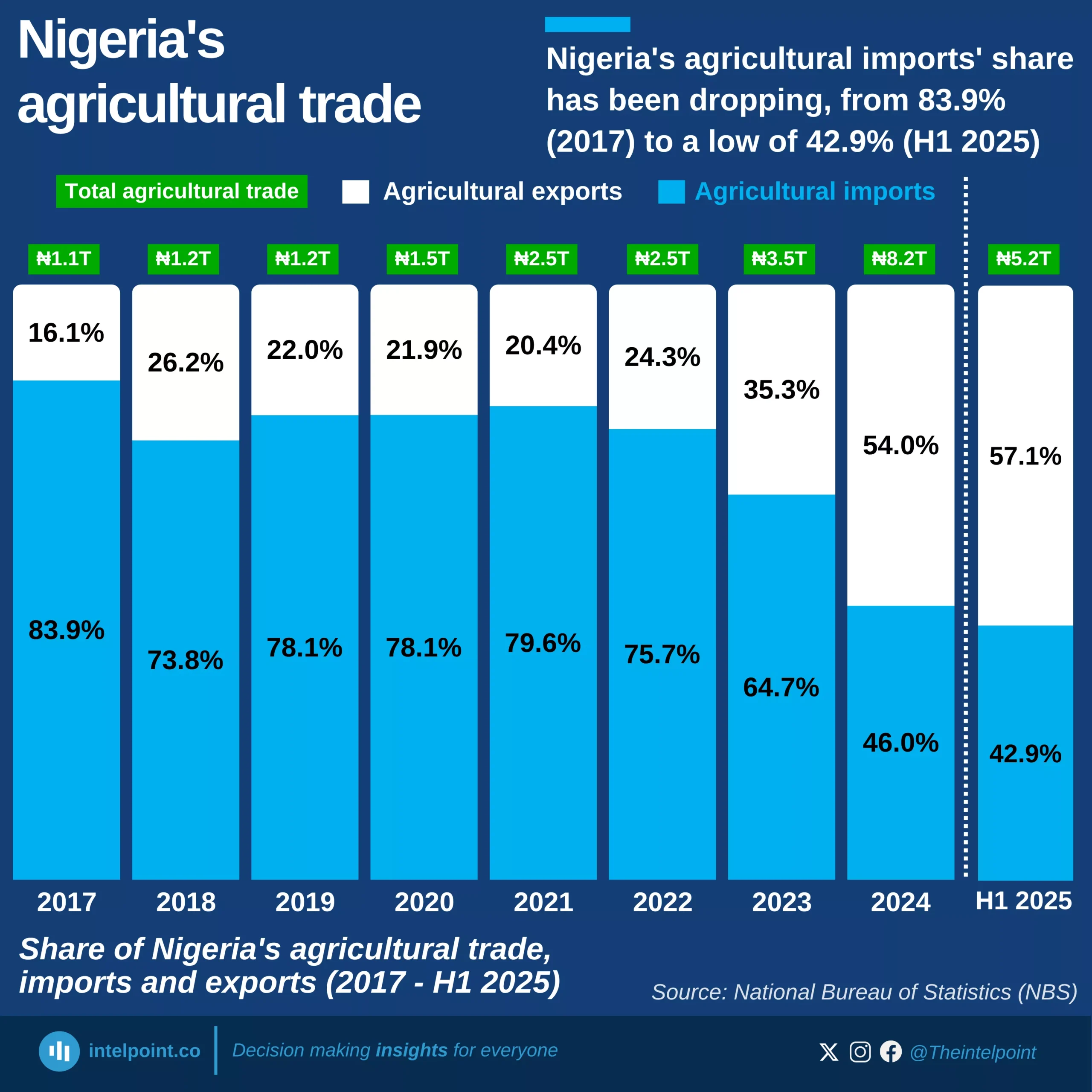Nigeria is heavily dependent on foreign digital services and has not yet built a strong export base to compete in the global digital economy.From 2005 to 2024, Nigeria exported $10.81 billion in digital services but imported $105.34 billion, resulting in a massive trade deficit of $94.53 billion. Exports grew gradually from $40 million in 2005 to $1.55 billion in 2024, yet imports consistently outweighed them, peaking at $12.36 billion in 2019.
The widening gap reflects Nigeria's limited ability to capture value from the global digital economy.
